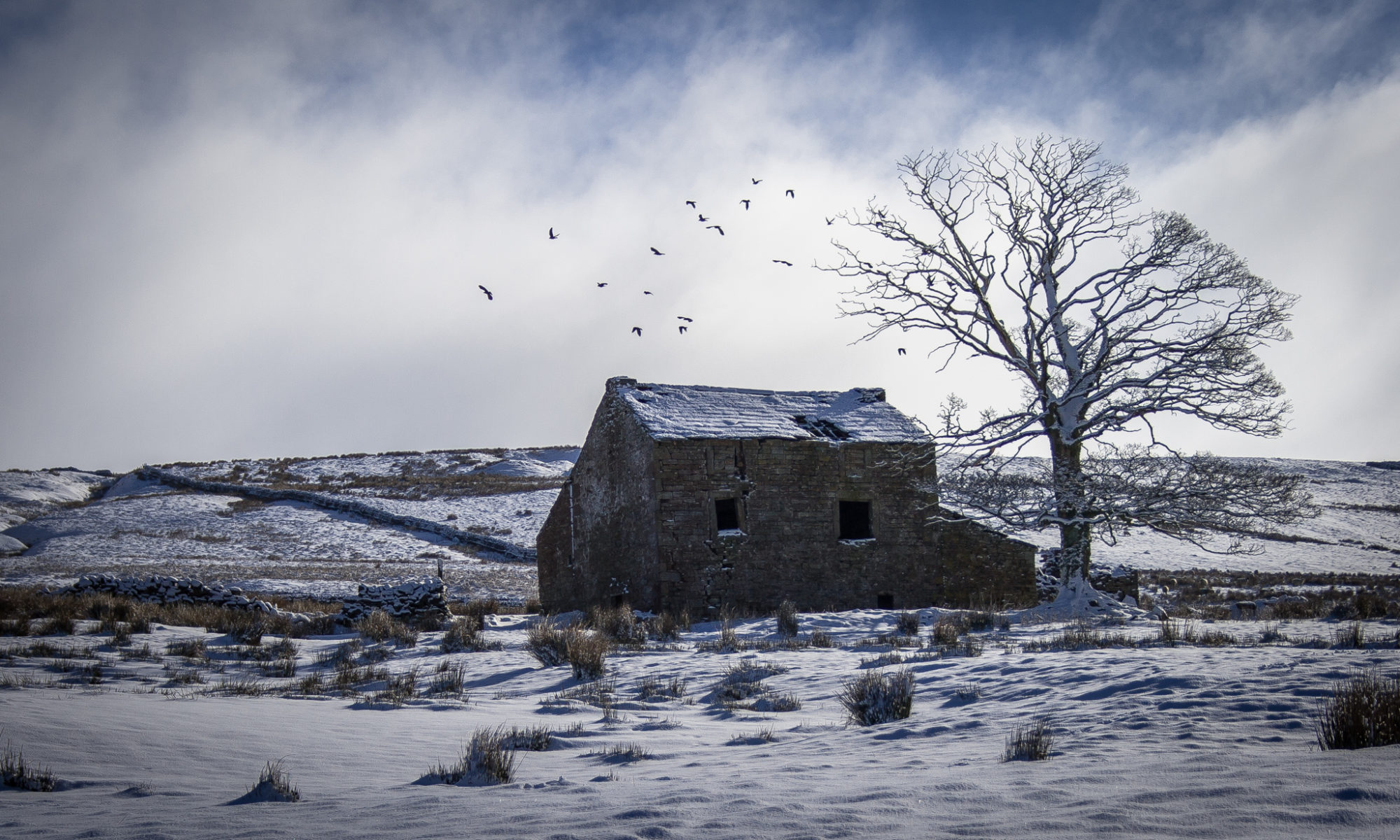It seems a little strange, that after all this time, something might just finally become of this project! 🙂
The first stage was to get the Midnight Engine up and running under iOS. Well I tried that about 3 years ago without any major success. However, it’s a little more important now. So I downloaded the Airplay SDK which Mike and I had decided to evaluate, and started porting the engine.
It was a pain! Differences in compilers, changes in the language, blah blah blah… it took a couple of days of monotonous work before I had a project that loaded the TME data in. While I was working on that, Mike was playing around with some graphic ideas that we had talked about implementing – mainly to do with lighting.
Once I had the engine working I started work on getting the landscaping going. It was actually quite quick to get that going and so we able to move around the landscape. Mike started work on a freeform landscaping. Which is basically taking the code back to the original algorithms before he reduced it down into an optimised version for the spectrum.
The idea behind this was that we would be able to have more finer control over how we display the landscape. We wanted to be able to push forward and have the landscape move toward you rather than just page flip like the original. We also wanted to be able to slide left and right as you look around.
While Mike was re-familiarising himself with the old algorithms, amusingly for me, with the help of my Art of Landscaping article, I put a quick simulated slide into place. Done by just drawing the left, middle, and right views and scrolling them in as needed.
It proved that the concept was going to look ok.
Mike delivered me the new landscaping and it really changes the way the game feels. Not in a bad way, it just feels so much more dynamic while still keeping that comforting retro mechanic. The only real problem is the people.
The people are shown in what Mike calls a Medieval Painting way. That is they do not belong to the landscape, they are drawn at the front. Now when you look north in a panoramic view the left third is the location northwest, the middle is north, and the right third is northeast. However the whole front of the screen shows the characters form the north location. As you turn to look northwest, that third of the screen moves centre – but what do you do with the characters, as only a third of them would have moved off and you might need to pull a full screen of new characters on?
The solution was to keep with the Medieval Painting concept and to just accept that you are not looking at a realistic view but a game view, a painting if you like. So what happens is that the whole line of characters will completely slide off the screen, moving much faster that the background, and a whole new line of characters will slide on. Surprisingly, it works, and it doesn’t jar – it’s in keeping with the rest of the game. Technically it’s wrong, but hey, this is a game!
The next character problem is you moving forward. If you stand two locations away from a Citadel that has a lord at it, you don’t see the lord until you are one location away, ie: in front. In the flick screen of the original this is ok, it’s like a movie scene change, but in this as you move forward the Citadel scales up and moves toward you, so you can’t scene change. So what about the character or characters? They didn’t exist in the main view when the Citadel was in distance, and nor could they because of the Medieval Painting method. What if there was an army on the plains which you see as banners in the landscape, but when they are right in front of you they change to eight warriors/riders taking up the whole front of the screen. As you move forward, that transition needs to take place.
So again, the solution is to accept that this is not real life, and do something that is acceptable to the player and does not suddenly jar. Just suddenly placing the characters in their final position, would most certainly jar. So what we do is place the characters in the landscape at about the level of the location in front would be draw – think base of the Citadel or keep, but we fade them in during the movement forward, but we also scale them up as they move toward you. Again the affect is pleasing if not perfect.
Overall, I am happy with the results. There will be a lot of tweaking before the final release, but it now allows me to move on. It was important for me to get this acceptable as without being able to solve that problem, we would have had to remove the push and slide from the game. And I think that the push and slide are a nice modern day addition to a classic.
